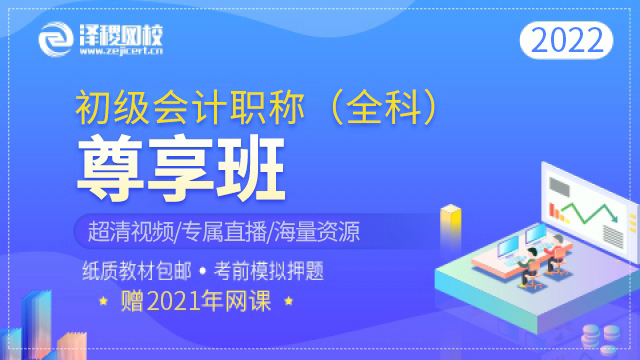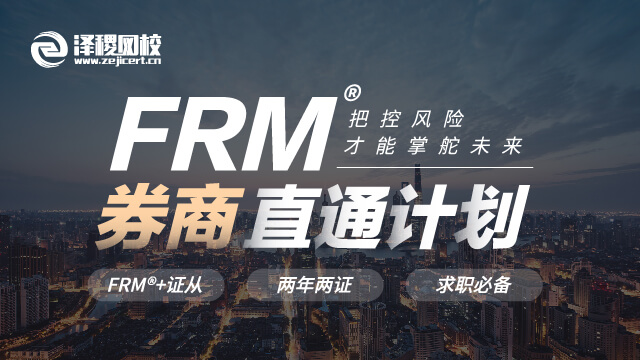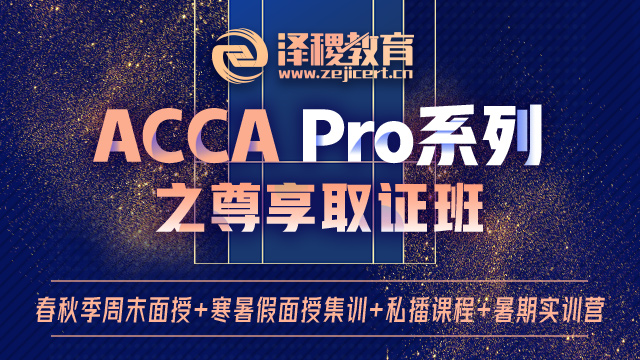ACCA F6考官文章《BENEFITS》
This article is relevant to candidates sitting Paper F6 (UK) in an exam in the period 1 April 2015 to 30 June 2016, and is based on tax legislation as it applies to the tax year 2014–15 (Finance Act 2014).
Benefits feature regularly in the Paper F6 (UK) exam, although such questions are generally not answered as well as would be expected. The article is not intended to cover every aspect of benefits, but instead mainly covers those areas which are more commonly examined. Motor cars are not covered as they are dealt with in a separate article.
LIVING ACCOMMODATION
There are four aspects to consider:
- The basic benefit is the annual value of the property. If the property is rented then the basic benefit is the higher of the annual value and the amount of rent paid.
- There is an additional benefit if the property cost more than £75,000. This is calculated as:
(Cost – £75,000) x 3.25% (the official rate of interest)
Cost is the cost of the property plus any subsequent improvements. However, where the property was purchased more than six years before first being provided to the employee, then the cost figure is replaced by the market value when first provided (again plus any subsequent improvements).
- If the employer pays for the running costs relating to the property then the amount paid will also be a benefit.
- If the employer has furnished the property then the benefit for the use of the furniture is based on 20% of its cost.
Example 1
During the tax year 2014–15 Prop plc provided three of its employees with living accommodation.
Alex has been provided with living accommodation since 1 January 2012. Prop plc had purchased the property in 2011 for £160,000, and it was valued at £185,000 on 1 January 2012. Improvements costing £13,000 were made to the property during June 2013. The annual value of the property is £9,100.
Bess was provided with living accommodation from 1 January to 5 April 2015. The property is rented by Prop plc at a cost of £2,250 per month, and it has an annual value of £10,400. On 1 January 2015 Prop plc purchased furniture for the property at a cost of £16,200. The company pays for the running costs relating to the property, and for the period 1 January to 5 April 2015 these amounted to £1,900.
Chloe was provided with living accommodation on 6 April 2014, and she lived in the property throughout the tax year 2014–15. The company had purchased the property in 2005 for £89,000, and it was valued at £145,000 on 6 April 2014. The annual value of the property is £4,600.
Alex
- The basic benefit is the annual value of £9,100.
- The living accommodation cost is in excess of £75,000 so there is an additional benefit. Since the property was not purchased more than six years before first being provided to Alex, the benefit is based on the cost of the property plus subsequent improvements. The additional benefit is therefore £3,185 (98,000 (160,000 + 13,000 – 75,000) at 3.25%).
Bess
- The benefit is the rent paid of £6,750 (2,250 x 3) since this is higher than the annual value of £2,600 (10,400 x 3/12).
- The benefit in respect of the furniture is £810 (16,200 x 20% x 3/12).
- The running costs of £1,900 are also taxed as a benefit.
Chloe
- The basic benefit is the annual value of £4,600.
- The living accommodation cost is in excess of £75,000 so there is an additional benefit. Since the property was purchased more than six years before first being provided, the benefit is based on the market value when first provided. The additional benefit is therefore £2,275 (70,000 (145,000 – 75,000) at 3.25%).
BENEFICIAL LOANS
There is a taxable benefit where an employee is provided with an interest free loan or where the interest rate payable is below the official rate of interest of 3.25%. There are two alternative methods of calculating the benefit:
The average method: The average is taken of the amount outstanding at the start of the tax year (or when the loan was made if later) and at the end of the tax year (or when the loan was repaid if earlier). The official rate of interest is then applied to this average.
The strict method: The official rate of interest is applied to the amount outstanding on a monthly basis.
If no repayments have been made during the tax year then both methods will produce the same result.
The average method applies unless either the employee or HM Revenue and Customs elects for the strict method. In an exam context, both methods should be calculated even if one party opts for the strict method. However, a question might instruct you to just use the average method, since in reality HM Revenue and Customs only elect for the strict method when it will make a significant difference.
Example 2
During the tax year 2014–15 Rest Ltd provided three of its employees with loans.
Kim was provided with an interest free loan of £24,000 on 1 June 2014 so that she could purchase a new motor car.
Ming was provided with an interest free loan of £120,000 on 1 May 2014 so that she could purchase a holiday cottage. Ming repaid £50,000 of the loan on 31 July 2014, and repaid the balance of the loan of £70,000 on 31 December 2014.
Newt was provided with a loan during 2012 so that she could purchase a yacht. The amount of loan outstanding at 6 April 2014 was £60,000, and Newt repaid £5,000 of the loan on 31 August 2014, and then repaid a further £5,000 on 28 February 2015. Newt paid loan interest of £720 to Rest Ltd during the tax year 2014–15. The taxable benefit in respect of this loan is calculated using the average method.
Kim
- The benefit is £650 (24,000 at 3.25% x 10/12).
- Since no repayments have been made during 2014–15, both methods will produce the same result.
Ming
The benefit calculated using the average method is £2,058 as follows:
| £ | |
|---|---|
| 120,000 + 70,000 x 3.25% x 8/12 2 |
2,058 |
- The benefit calculated using the strict method is £1,923 as follows:
| £ | |
|---|---|
| 120,000 at 3.25% x 3/12 | 975 |
| 70,000 at 3.25% x 5/12 | 948 |
| 1,923 |
- Ming will therefore elect to have the taxable benefit calculated according to the strict method as this gives her a lower taxable benefit.
Newt
- Newt repaid £10,000 (5,000 + 5,000) of the loan during 2014–15, so the outstanding balance at 5 April 2015 is £50,000 (60,000 – 10,000).
- The benefit calculated using the average method is £1,067 as follows
| £ | |
|---|---|
| 60,000 + 50,000 x 3.25% 2 |
1,787 |
| Interest paid | (720) |
| 1,067 |
There is no taxable benefit if an employee’s beneficial loans do not exceed £10,000 during the tax year.
USE OF ASSETS
Where an employee is provided with an asset for their personal use then the benefit is based on 20% of its market value when first provided to the employee (exactly the same as furniture provided along with living accommodation).
If the asset is subsequently sold or given to the employee, then there will be a further benefit being the greater of:
- Market value at the date the employee acquires the asset.
- Market value when first provided to the employee less any amounts assessed as benefits for having the use of the asset.
Example 3
Joe is employed by Firstly plc. On 6 April 2014 the company provided him with a home entertainment system costing £4,400 for his personal use. Firstly plc gave the home entertainment system to Joe on 31 December 2014 for free, although its market value on that date was £3,860.
- The benefit for the use of the home entertainment system is £660 (4,400 x 20% x 9/12).
- The benefit for the acquisition of the home entertainment system is the market value of £3,860, as this is greater than £3,740 (4,400 – 660).
OTHER BENEFITS
Generally, the basis for calculating any other benefit is the cost to the employer.
There are various benefits which are exempt or partially exempt. Although correctly identifying the tax treatment of such a benefit may result in only a half mark or one mark, it is important that you correctly identify such benefits so that time is not wasted with unnecessary calculations.
Example 4
Vary plc provides its employees with various benefits. The benefits were provided throughout the tax year 2014–15 unless otherwise stated.
Denzil was provided with two mobile telephones. The telephones had each cost £250 when purchased by Vary plc in January 2014. The company paid for all of Denzil’s business and private telephone calls.
Emily had her health club membership fee of £710 paid for by Vary plc.
Frederick spent five nights overseas on business for Vary plc. The company paid him a daily allowance of £10 to cover the cost of personal expenses such as telephone calls to his family.
Grace was paid £11,000 towards the cost of her removal expenses when she permanently moved to take up her new employment with Vary plc, as she did not live within a reasonable commuting distance. The £11,000 covered both her removal expenses and the legal costs of acquiring a new main residence.
Hillary’s three year old daughter was provided with a place at Vary plc’s workplace nursery. The total cost to the company of providing this nursery place was £10,800 (240 days at £45 per day).
Ian was provided with 48 weeks of childcare vouchers costing £100 per week. He used the vouchers to provide childcare for his four year old daughter at a registered nursery near to Vary plc’s offices. Ian pays income tax at the basic rate.
June had the use of Vary plc’s company gym which is only open to employees of the company. The cost to Vary plc of providing this benefit to June was £340.
Kristin was provided with free meals in Vary plc’s staff canteen. The total cost of these meals to the company was £1,460. The canteen is available to all of the company’s employees.
Larry regularly works from home two days per week, and was paid an allowance of £192 (48 weeks at £4 per week) to cover the extra light and heat costs that were incurred due to this home working.
Marge was given a watch valued at £750 as an award for her 20 years of employment at Vary plc.
Denzil
- The provision of one mobile telephone does not give rise to a taxable benefit.
- The benefit for the use of the second telephone is £50 (250 x 20%).
Emily
- The benefit of the health club membership is the cost to Vary plc of £710.
Frederick
- Payments for private incidental expenses are exempt up to £10 per night when spent outside the UK, so the allowance does not result in a taxable benefit.
- Note that the equivalent UK allowance is only £5 per night.
Grace
- Only £8,000 of the relocation costs is exempt, and so the taxable benefit is £3,000 (11,000 – 8,000).
Hillary
- The provision of a place in a workplace nursery does not give rise to a taxable benefit.
Ian
- The exemption for childcare vouchers is £55 per week where the employee is a basic rate taxpayer.
- The taxable benefit is therefore £2,160 (45 (100 – 55) x 48).
- Note that the exemption is less for higher and additional rate taxpayers, so that all taxpayers effectively receive the same amount of tax relief.
June
- The use of a company gym does not give rise to a taxable benefit.
Kristin
- The provision of meals in a staff canteen does not give rise to a taxable benefit.
Larry
- Payments for home working are exempt up to £4 per week, so the allowance does not result in a taxable benefit.
Marge
- A non-cash long-service award is not a taxable benefit if it is for a period of service of at least 20 years, and the cost of the award does not exceed £50 per year of service.
REDUCTIONS AND CONTRIBUTIONS
There are two further possible adjustments that could apply to most of the benefits that have been covered.
Reduction: The taxable benefit is proportionately reduced if it is only available for part of the tax year.
Contribution: Any contribution made by an employee will reduce the taxable benefit. Contributions are deducted after any reduction has been applied.
点击查看更多ACCA考官文章


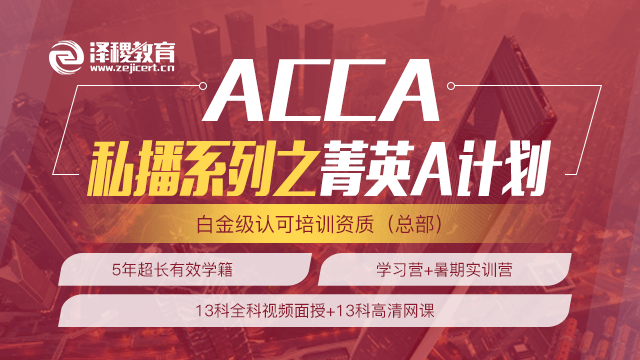


 白金级认可培训资质(总部)
白金级认可培训资质(总部)
 课程试听
课程试听
 职业规划
职业规划
 ACCA中文教材
ACCA中文教材
 考位预约
考位预约
 免费资料
免费资料
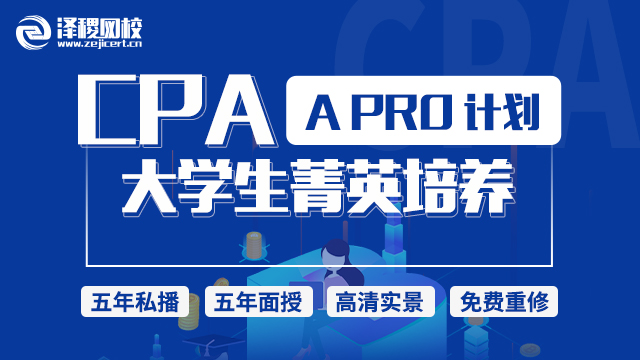
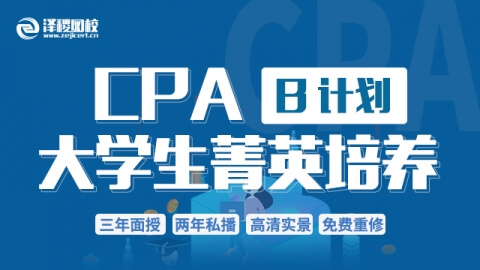
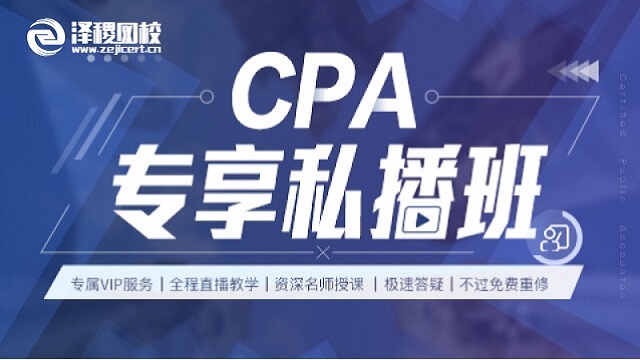

 题库下载
题库下载
 模拟机考
模拟机考




 CFA®成绩查询
CFA®成绩查询



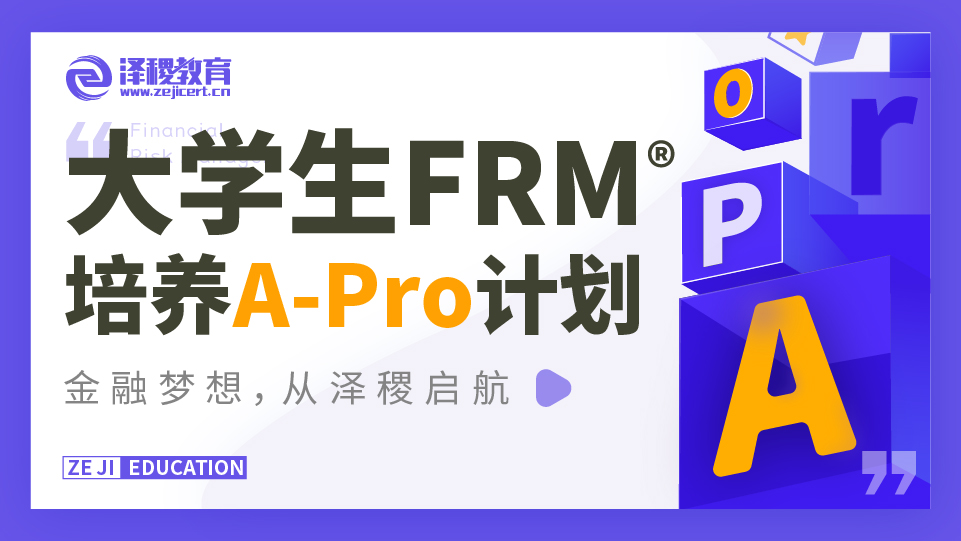
 GARP协会官方认可FRM®备考机构
GARP协会官方认可FRM®备考机构

